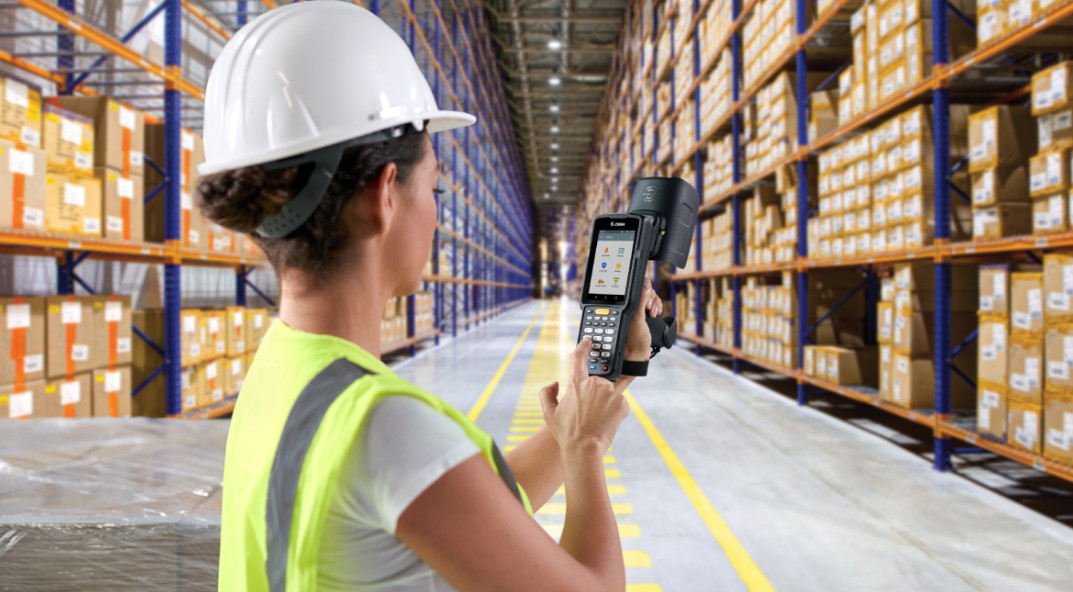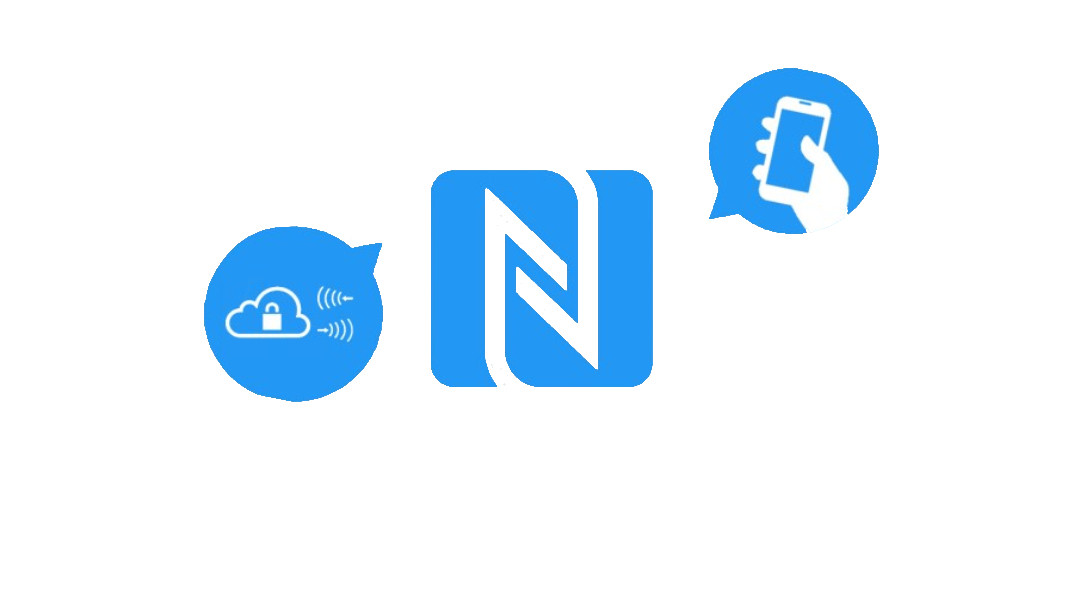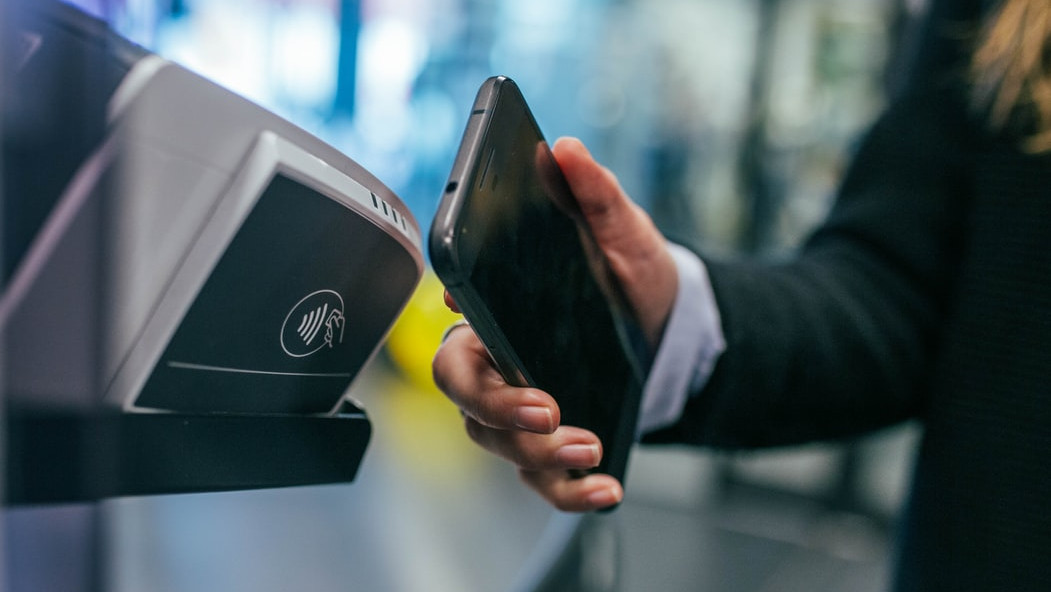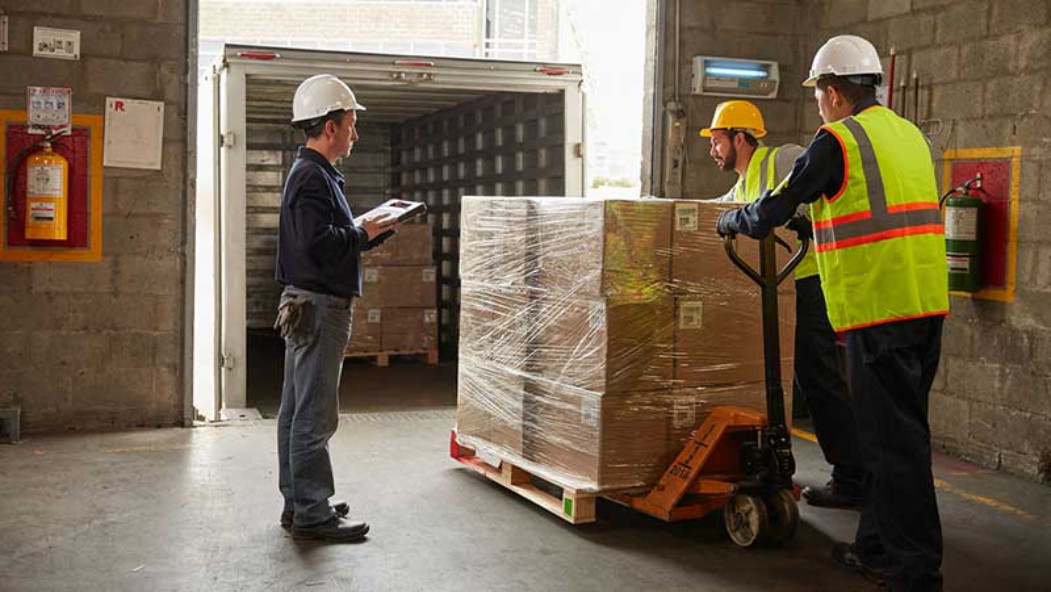Looking into RFID Types and Applications
Types of RFID
RFID - Radio Frequency Identification. RFID is a technology whereby digital data is encoded in RFID tags, keyfobs cards, etc are captured by a reader via radio waves.
There are three typical frequencies for RFID use:
- Low Frequency
- High Frequency
- Ultra-High Frequency
Let's look into each of them in detail.

LOW FREQUENCY RFID
Low Frequency (LF range) is between 30 kHz and 300 kHz. In this case LF RFID systems are only allowed to use the range between 125 - 134 kHz, due to multiple signals on this communication band. The large wave allows LF waves to pass through metal and water making it unique for this frequency band.
If this is a good point for LF RFID, concerning the read range it lacks some capabilities. The common read range is extended from a couple of centimeters to up to 50 centimeters.
Common Applications:
Low Frequency RFID systems are used oftenly for animal tracking applications (livestock identification) and in access control applications.
HIGH FREQUENCY RFID
High Frequency (HF) range is between 3 MHz and 30 MHz. High Frequency uses magnetic (like low frequency) coupling to communicate between tags and readers/ antennas. One other difference is that besides HF being able to pass through most materials it does not pass through water.
Usually the read range is of a few centimeters and up to a meter, however this can depend on the system installed.
Common Applications:
High Frequency and NFC RFID applications continue to being developed and new companies emerge with the goal of creating solutions with RFID systems. NFC is particularly popular in marketing applications like advertising posters, smart products, and product/customers interactions. The most used applications for HF RFID are access control applications, attendance, payments and others.
ULTRA-HIGH FREQUENCY RFID
The Ultra-High frequency (UHF) range is between 300 MHz and 3 GHz. Altogether most UHF RFID systems operate between 860 - 960 MHz.
UHF RFID systems do not communicate through magnetic coupling, instead, they use passive backscatter modulation according to GS1 EPCGlobal UHF Class 1 Gen 2 specefications (ISO-18000-6C)
UHF RFID systems are deployed in two types: passive and active.
PASSIVE ULTRA-HIGH FREQUENCY RFID
The big difference between Passive and Active UHF RFID is in the way that RFID tags work. Passive UHF RFID tags rely on passive backscatter modulation to work and have no power source. This means that the reader sens its energy through the antennas to the tags, so they become energized and are able to respond back to the reader. This systems are a maximum range of reading of about 30 meters.
Regarding the features of a Passive UHF RFID tag, they come in many different forms and are devided into categories like rugged, high-temperature, label tags, high memory and others. Its lifetime expentancy can be long due to not having a battery, so not depending on a power source.
Common Applications:
Passive UHF RFID systems are used in many different applications such as tool tracking, asset tracking, race timing, and laundry management. We have seen some late developments in new applications due to its long read range and low cost.
ACTIVE ULTRA-HIGH FREQUENCY RFID
Active UHF RFID systems do not rely on passive backscatter to work. The big difference is that it uses an internal battery as a power source. Having a internal battery the tags proactively announce its presence to the readers that are within the range. The readers receive the energy from the tags and send it to the host system to process it.
The reading range due to having an internal battery increases to up to 100 meters. The signal boosted by the battery also helps the tags to overcome any materials. Some tags are developed and created to withstand harsh environments like extremely low temperatures and rugged applications.
Common Applications:
There are some industries in which Active UHF RFID is most commonly used: oil and gas, transportation, and vehicle tracking. Again due to the internal battery, the signal is constantly present making it easier to be read while moving.
HOW TO CHOOSE?
This is a question that should be answered by someone with years of experience in the field. Certain points need to be considered like read range, data transmission rates, available features, software development, etc. Some questions you may answer right away are:
1. What is the goal you are trying to achieve?
2. What is the environment in which the tags will be?
3. What type of read range is needed?
4. Are there any tags restrictions?
To learn more about RFID and NFC, please keep reading our blog!
For more information regarding RFID Applications, please contact us on orders@mobility.pt, we will be able to help developing your RFID system from scratch.







Leave a comment